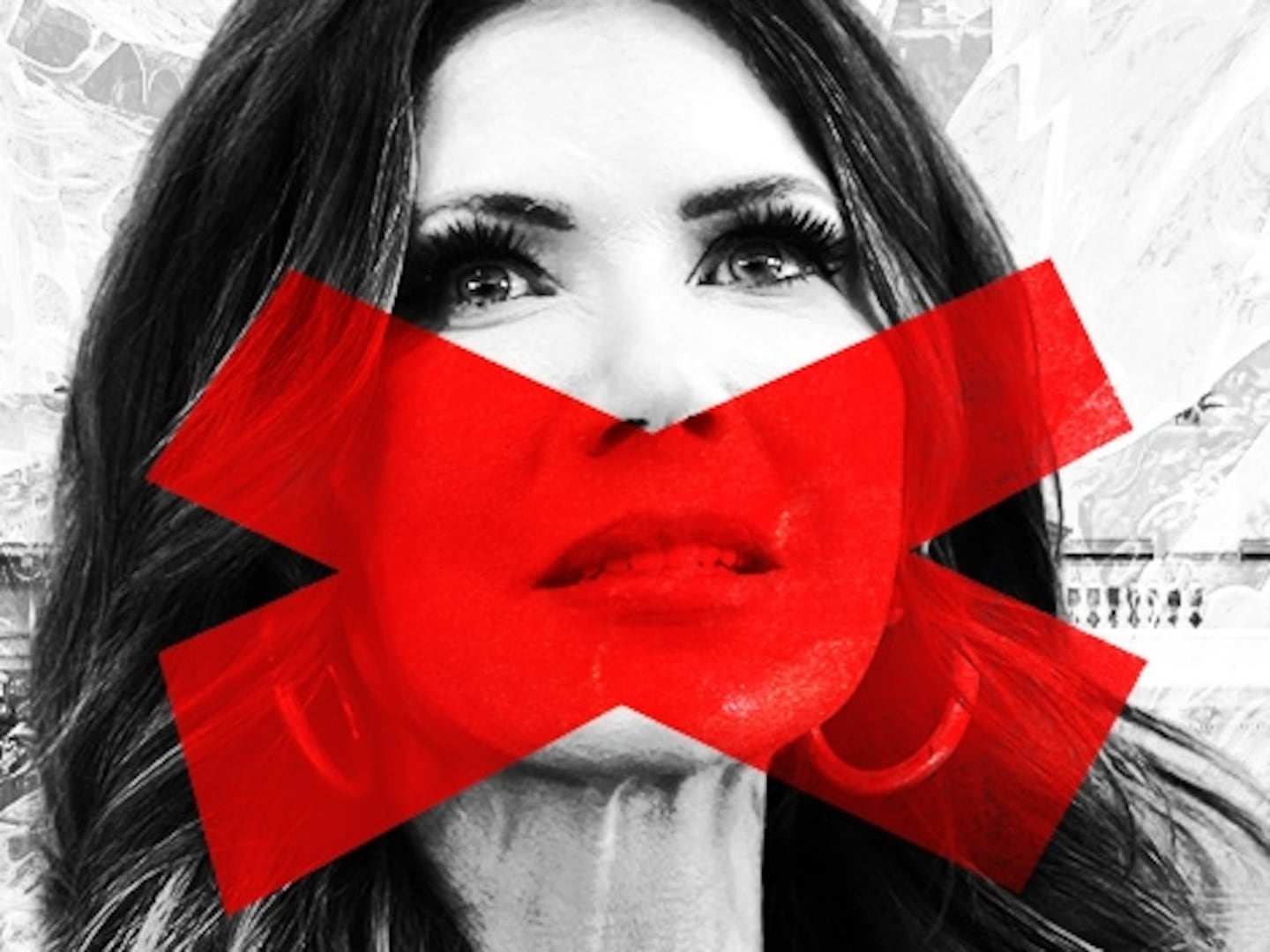In April 2001, astronaut Chris Hadfield had an extremely stressful experience. What made it worse was that he was absolutely alone, in space, unable to see, and not in communication with folks back on Earth.
Space travel certainly comes with its share of indescribably cool experiences—floating, seeing Earth in a way no one else can—but any one who’s seen even one space movie knows that stress is baked into the experience.
It’s physical as well as mental. Astronauts float weightlessly in a fully enclosed spacecraft 248 miles above the ground, orbiting the planet about 16 times a day. Microgravity, while a triumphantly rare and wonderful thing to experience, also wreaks havoc on bodies as every day passes, causing eyes to deteriorate, the heart and muscles to atrophy, and bones to shrink and become brittle—and that’s just the tip of the iceberg.
In December, during a trip to U.S. Space Camp in Huntsville Alabama, hosted by National Geographic, I got a glimpse of the chaos and stress astronauts deal with in space on a regular basis. While the camp avoids putting children and young adults through the type of physical rigors astronauts go through in their own training, it does give a glimpse of the kind freneticism astronauts must endure every day.
Running around between rooms, punching in commands on a console, waiting for prompts, trying to troubleshoot obstacles over a communications relay that goes fuzzy sometimes; perusing through manuals looking for the tiniest bit of critical information—all of it is daunting for just a normal human being. Throw that person up in space and compound those situations with all the hazards and rigors of space travel, and it’s pretty damn clear why when NASA put out its most recent call for astronaut applicants, only 12 out of 18,000 people were chosen.
Something always goes wrong, and needs to be solved quickly but carefully.
Exactly how do astronauts become models of grace under pressure? Are they just born naturally with the right stuff, or does aerospace psychology manage to offer up a few tricks to keep astronauts sane and calm under pressure?
“I think of it as a combination of those things,” Dr. Jim Picano, NASA senior operational psychologist, told The Daily Beast. He cited three specific criteria that he thinks explains why astronauts are so well-equipped to deal with stress. The first two are basically things astronauts bring to the table: an innate disposition to handle stress, and experiences that have shaped how astronauts have learned to deal with stress.
Most astronauts are already arriving to the NASA Astronaut Corps with backgrounds in stress management that make them more capable of dealing with it than the average person, like fighter pilot experience or intense academic professions. They already know what it’s like to deal with life or death situations, or parse through intense amounts of information authoritatively to find a solution. Spaceflight is just a notch above that work. “You already know you can meet stressful challenges, and you believe you can overcome these things,” he says.
But Picano does emphasize that training plays a role as well. “The training that astronauts receive shapes their confidence in the procedures and equipment they have, to deal with spaceflight commands as well as emergencies. Rehearsing these over and over again, and learning how to respond—I think that brings a sense of preparation that allows to them to believe they can influence and change their circumstances for the better.”
Besides preparation, there’s no substitute for tried-and-true tricks like deep breathing that allow astronauts to tolerate stress and keep calm. Being an astronaut doesn’t imbue you with life hacks for handling pressure; it simply brings out the best of what you already know.
Few experiences embody this trifecta of stress-tolerance skills than the extravehicular activity (EVA)—better known as a spacewalk. And few people have a more compelling spacewalk story to tell than Canadian astronaut Chris Hadfield, who spent a total of 166 days in space spread across three different missions.
“Spacewalks are painful by nature,” he told The Daily Beast. “The suit is uncomfortable, resisting every motion. You typically come in from a spacewalk at least upbraided if not bleeding,” such as from torn fingernails. The pressurized suit imposes its own physical force on the body which stymies motion; Hadfield likens it being on a bench press machine for several hours. Relative levels of pain and distraction are commonplace. The closed nature of the suit also means there’s nothing you can do about scratching an itch or quickly solving some sort of discomfort on your skin and face.
In April 2001, Hadfield ran his first EVA, and very quickly found himself surrounded by issues. He was unable to get water out of his hydration pack (which works like a CamelBak for spacesuits). Then, to add insult to injury, it started leaking, which meant having to watch little globules of water floating around inside his helmet. Frustrating, but not a serious problem.
Suddenly, he was struck by a searing pain in his left eye, causing his eyelid to automatically shut. He says it felt like drops of a harsh shampoo or soap had fallen into his eyes. Later on, NASA would pinpoint the culprit as probably being leftover anti-fog solution used on the helmet glass.
Most people zooming through Earth’s orbit at over 17,000 mph might freak out. But Hadfield is a former fighter pilot; freaking out is alien to him. He took a beat to take stock of the situation, and figure out what his options were. “Realistically it’s not like you’re helpless or dying—you’ve just lost one of your five senses,” he said almost nonchalantly.
Like a brash teenager, Hadfield, decided not to inform Houston, arguing the folks back home might just worry unnecessarily, and hoping the problem in his eye would clear up soon. But his eye continued to tear up, and those tears carried whatever contaminant hit him in the first place across his nose and into his other eye. Suddenly, he was in too much pain to see: “Both my eyes were blind.”
Again, Hadfield refused to panic. Knowing that he couldn’t mute his microphone and everyone could hear him, he stayed quiet, weighed his options, then finally told his crew and mission control he couldn’t see. “I knew by saying that out loud, it was going to have an enormous effect down below.”
While Houston figured out a plan, Hadfield’s training kicked in, and he continued to ponder his other options and gather more information with his other four senses. The suit continued to stay warm, and he couldn’t smell or feel or hear anything that might be a sign of a bigger malfunction inside.
“I was thinking, this is somehow weirdly like lying in a bed,” he said. Spacewalks are intensely visual experiences, and Hadfield said without his sight, there weren’t many visual cues to remind him he was floating in space. “I had two stinging eyes, but otherwise, I could have been sitting on a sofa in the living room.”
NASA decided Hadfield had to flush his helmet out, by flipping the purge valve by his left ear and let the contaminated air leak out into space. He had to basically deprive his helmet of oxygen, and hope his suit properly adjusted afterward by circulating new oxygen.
“It put me in the very bizarre position of being blind, holding on the outside of a spaceship, and actually listening to my oxygen hissing out into the universe,” he remembered. “And I’m the only person that can help me up there,” meaning if this didn’t work, it would be up to Hadfield to say they had to move on to Plan B.
After about 10 minutes, Hadfield’s eyes began to stop hurting, thanks to his tears evaporating out with the oxygen. He still couldn’t see well, but he could see well enough. Hadfield and his spacewalk partner, Scott Parazynski, finished up their spacewalk, only to go another one two days later. In spite of the brief scare Hadfield just experienced, it was business as usual.
“At no time was there any sense of panic,” he says. Hadfield knew how he could get back to airlock if he needed, and he never felt like his life or health were in danger. “It was just a thing.”
It takes a lot of panache to call an experience like that “just a thing.” But then if being temporarily blinded during a spacewalk is “just a thing,” you might be an astronaut.






